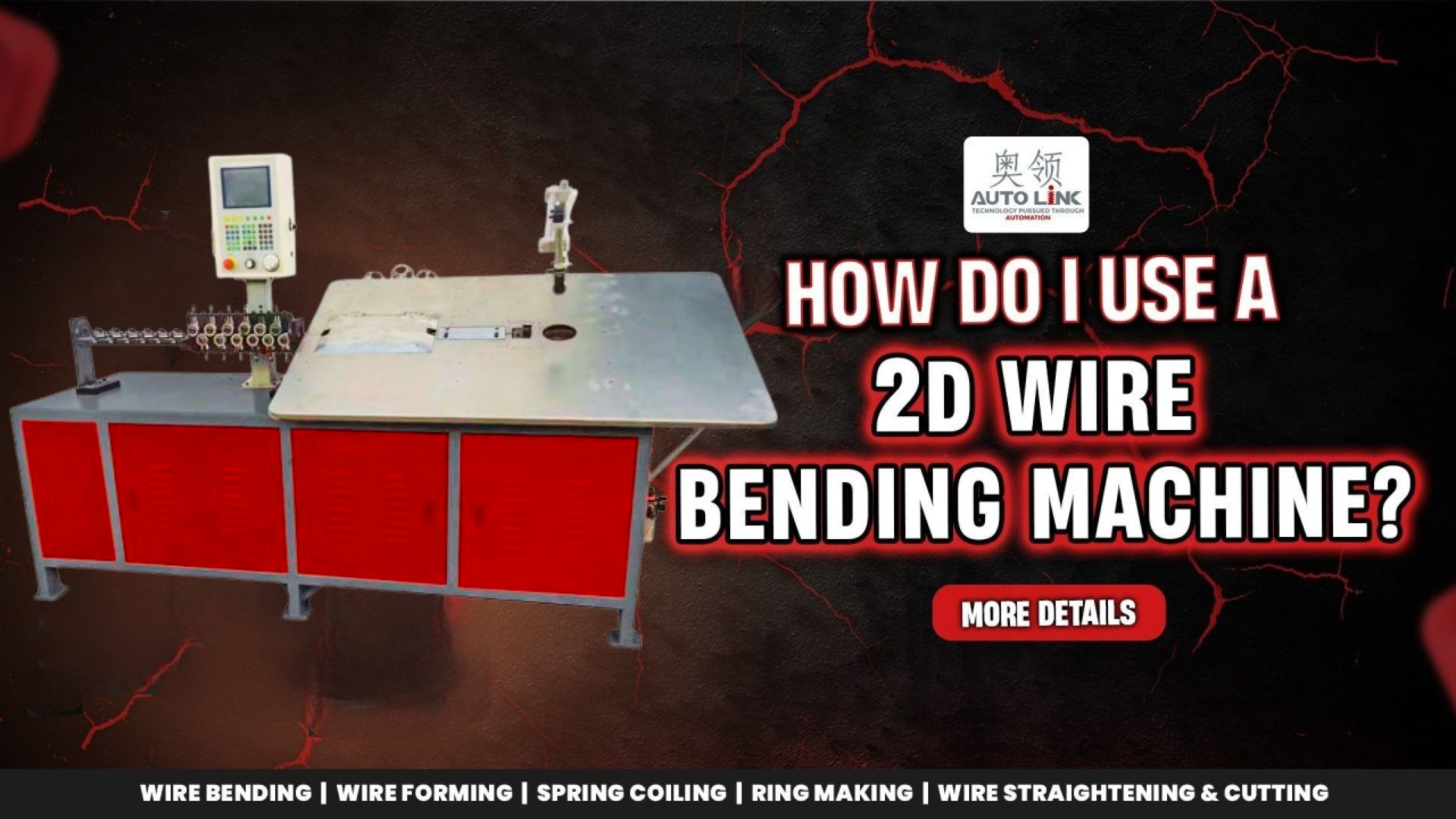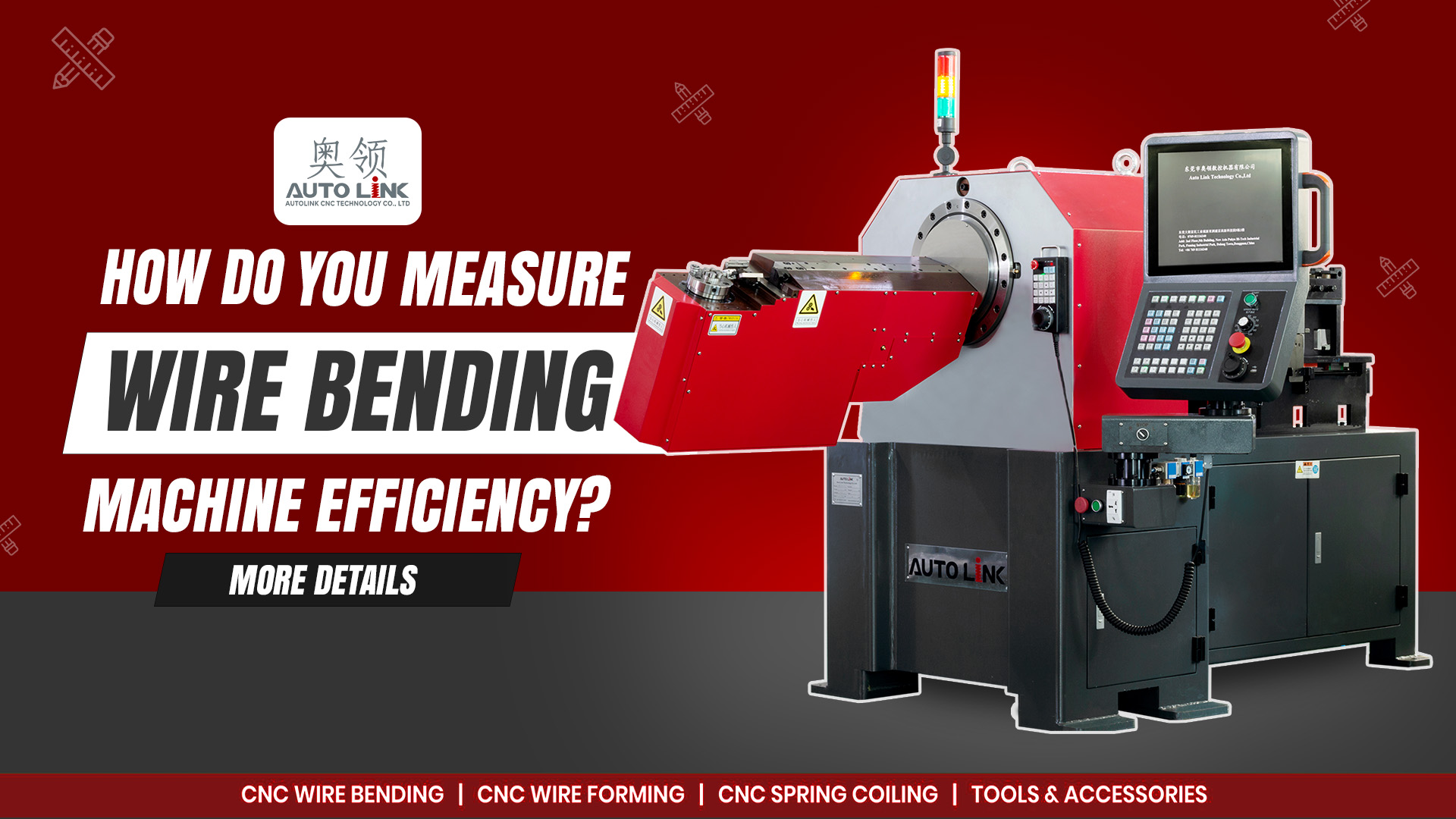How do I use a 2D wire bending machine?
By following these steps and practising proper machine operation and maintenance, you can effectively use a 2D wire bending machine to produce high-quality wire forms for various applications. Additionally, it's essential to refer to the machine's user manual and receive proper training from the manufacturer or a qualified technician to ensure safe and efficient operation.
Using a 2D wire bending machine involves several steps to set up, program, and operate the machine effectively. Here's a general guide:
1. Machine Setup:
- Ensure the machine is properly installed and secured according to the manufacturer's instructions.
- Verify that all safety features are functional and in place.
- Install the appropriate tooling and fixtures for your wire bending project.
2. Material Preparation:
- Select the appropriate wire material and diameter for your project.
- Load the wire spool onto the machine and thread the wire through the feeding mechanism.
3. Programming:
- Use the machine's control panel or software interface to create or import the wire bending design.
- Define the bending parameters, such as bend angles, lengths, and sequences, using the programming features.
- Verify the program for accuracy and make any necessary adjustments.
4. Setting Up:
- Position the wire in the machine's bending head according to the programmed design.
- Adjust the machine settings, such as bending speed and force, to ensure proper bending without damaging the wire.
5. Operating the Machine:
- Start the machine and monitor its operation to ensure the wire is bent correctly according to the programmed design.
- Make any real-time adjustments to the machine settings as needed to maintain the desired bend quality and accuracy.
- Continuously monitor the production process for any issues or errors and address them promptly.
6. Quality Control:
- Inspect the bent wire parts periodically to ensure they meet the required specifications and quality standards.
- Make adjustments to the machine settings or program as necessary to correct any deviations or defects.
7. Maintenance:
- Perform regular maintenance tasks, such as cleaning, lubrication, and inspection of machine components, to ensure smooth operation and prolong the machine's lifespan.
- Address any mechanical issues or malfunctions promptly to prevent downtime and maintain productivity.







